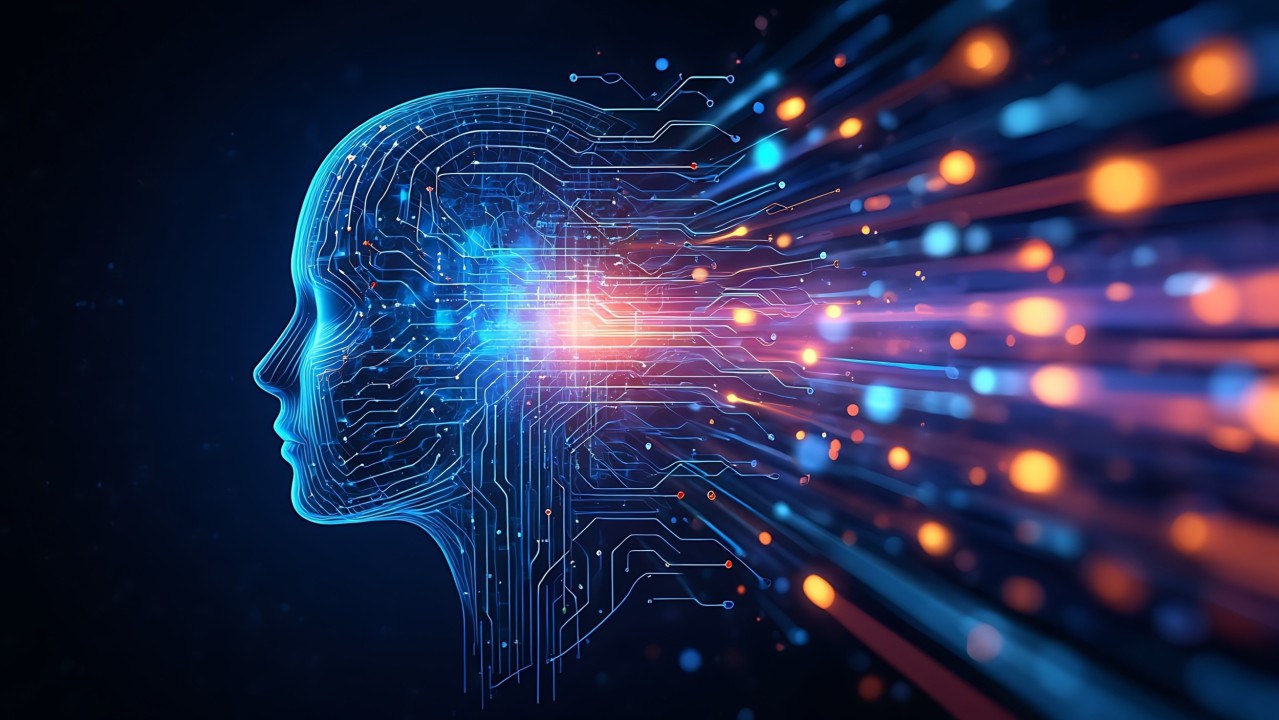Understanding the 4 Types of Artificial intelligence
2 July 2021
How do different kinds of artificial intelligence emulate and replicate human functioning? That’s the question that determines how we categorize these four primary types of AI.

Did you know there are four distinct types of artificial intelligence?
These four types aren’t all created equal: Some are far more sophisticated than others. Some of these types of AI aren’t even scientifically possible right now. According to the current system of classification, there are four primary AI types: reactive, limited memory, theory of mind, and self-aware.
Let’s take a look at each type in a little more depth.
Reactive AI
The most basic type of artificial intelligence is reactive AI, which is programmed to provide a predictable output based on the input it receives. Reactive machines always respond to identical situations in the exact same way every time, and they are not able to learn actions or conceive of past or future.
Examples of reactive AI include:
- Deep Blue, the chess-playing IBM supercomputer that bested world champion Garry Kasparov
- Spam filters for our email that keep promotions and phishing attempts out of our inboxes
- The Netflix recommendation engine
Reactive AI was an enormous step forward in the history of artificial intelligence development, but these types of AIs can’t function beyond the tasks they were initially designed for. That makes them inherently limited and ripe for improvement. Scientists developed the next type of AI from this foundation.
Limited Memory AI
Limited memory AI learns from the past and builds experiential knowledge by observing actions or data. This type of AI uses historical, observational data in combination with pre-programmed information to make predictions and perform complex classification tasks. It is the most widely-used kind of AI today.
For example, autonomous vehicles use limited memory AI to observe other cars’ speed and direction, helping them “read the road” and adjust as needed. This process for understanding and interpreting incoming data makes them safer on the roads.
However, limited memory AI – as its name suggests – is still limited. The information that autonomous vehicles work with is fleeting, and it is not saved in the car’s long-term memory.
Theory of Mind AI
Want to hold a meaningful conversation with an emotionally intelligent robot that looks and sounds like a real human being? That’s on the horizon with theory of mind AI.
With this type of AI, machines will acquire true decision-making capabilities that are similar to humans. Machines with theory of mind AI will be able to understand and remember emotions, then adjust behavior based on those emotions as they interact with people.
There are still a number of hurdles to achieving theory of mind AI, because the process of shifting behavior based on rapidly shifting emotions is so fluid in human communication. It is difficult to mimic as we try to create more and more emotionally intelligent machines.
That said, we are making progress. The Kismet robot head, developed by Professor Cynthia Breazeal, could recognize emotional signals on human faces and replicate those emotions on its own face. Humanoid robot Sophia, developed by Hanson Robotics in Hong Kong, can recognize faces and respond to interactions with her own facial expressions.
Self-aware AI
The most advanced type of artificial intelligence is self-aware AI. When machines can be aware of their own emotions, as well as the emotions of others around them, they will have a level of consciousness and intelligence similar to human beings. This type of AI will have desires, needs, and emotions as well.
Machines with this type of AI will be self-aware of their internal emotions and mental states. They will be able to make inferences (such as “I’m feeling angry because someone cut me off in traffic”) that are not possible with other types of AI.
We haven’t developed this type of sophisticated AI yet and don’t have the hardware or algorithms to support it.
Going Further with Artificial Intelligence
Will we continue pushing the limits of AI, and develop a fifth type? How much progress will we make in the next decade toward theory of mind and self-aware AI? Maybe there will be a super-intelligent AI, that even surpasses the current intelligence of humans?
Only time will tell – but understanding the distinctions between the different types of AI will help you make sense of AI advancements as science continues to push the limits.
Where to go from here
If you would like to know more about , check out my articles on:
- Are Alexa And Siri Considered AI?
- How To Put AI Into A Business To Accelerate Performance?
- What Is The Impact Of Artificial Intelligence (AI) On Society?
Or browse the Artificial Intelligence & Machine Learning library to find the metrics that matter most to you.
Related Articles
8 AI Ethics Trends That Will Redefine Trust And Accountability In 2026
By now, “smart” versions exist of just about every home appliance, gadget and gizmos we can think of. However, manufacturers continue[...]
The 7 Banking And Fintech Trends That Will Define 2026
By now, “smart” versions exist of just about every home appliance, gadget and gizmos we can think of. However, manufacturers continue[...]
The 8 Biggest Healthcare Technology Trends To Watch In 2026
By now, “smart” versions exist of just about every home appliance, gadget and gizmos we can think of. However, manufacturers continue[...]
Why The AI Supercycle Will Fail Without Advanced Networks
By now, “smart” versions exist of just about every home appliance, gadget and gizmos we can think of. However, manufacturers continue[...]
The Two-Tier AI Economy: Why Half Of Companies Are Being Left Behind And How To Close The Gap
By now, “smart” versions exist of just about every home appliance, gadget and gizmos we can think of. However, manufacturers continue[...]
5 AI-Era Skills Mistakes That Will Cost Your Business Millions In 2026
By now, “smart” versions exist of just about every home appliance, gadget and gizmos we can think of. However, manufacturers continue[...]
Sign up to Stay in Touch!
Bernard Marr is a world-renowned futurist, influencer and thought leader in the fields of business and technology, with a passion for using technology for the good of humanity.
He is a best-selling author of over 20 books, writes a regular column for Forbes and advises and coaches many of the world’s best-known organisations.
He has a combined following of 4 million people across his social media channels and newsletters and was ranked by LinkedIn as one of the top 5 business influencers in the world.
Bernard’s latest book is ‘Generative AI in Practice’.










Social Media